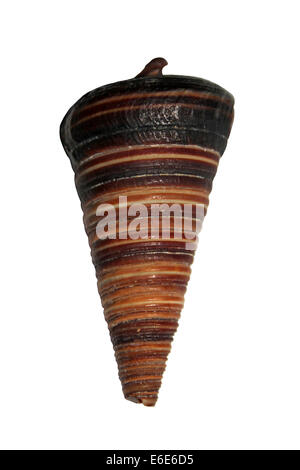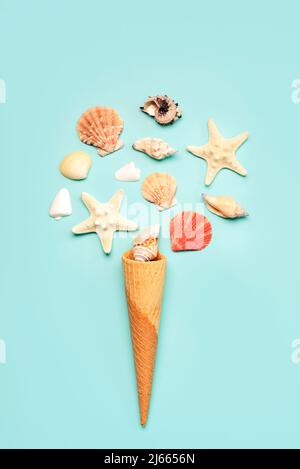

DietĬone snails are divided into three groups according to their diets:

Sizes vary widely from 1.3 cm (0.5 in) to 21.6 cm (8.5 in) in length. Most have a background color of some variation of white, cream, pink or blue and are patterned in black, brown, orange or yellow, while some may be only one color. The head has two tentacles, each with an eye about halfway down the outer surface. The body mantle is thickened at the edge, and in one area a cavity for gills exists between the mantle and the body. Radular teeth are contained in the radular sac, and the size, number and design of these teeth varies by species. The siphon is well developed and may also be colorful. The foot is strong and muscular and may be colorful. The shell’s aperture is long and narrow and does not have an operculum. Shell bodies (whorls) can be dull to very shiny, smooth to lined and bumpy. All have spires, (whorls above the body whorl) of varying heights at the wide end. Physical CharacteristicsĪll cone snails are wide at one end and narrow at the base (the typical “cone” shape). Most cone snails live in relatively shallow water near coral reefs, hiding in the sand, under coral shelves, or under or near piles of rubble. Generally temperate to tropical oceans, including the Indian and Pacific Oceans, southern Australia, Great Barrier Reef, Hawaii, Baja California, and California.

These animals are not currently on exhibit at the Aquarium. SPECIES IN DETAIL Cone Snails (General Description)ĬLIMATE CHANGE: Not Applicable At the Aquarium


 0 kommentar(er)
0 kommentar(er)
